Shimatani Shoryu Kobo’s Singing Bowls
These 'orin' are used during Buddhist prayer and are made following an ancestral technique for hammering metal from the Toyama region.
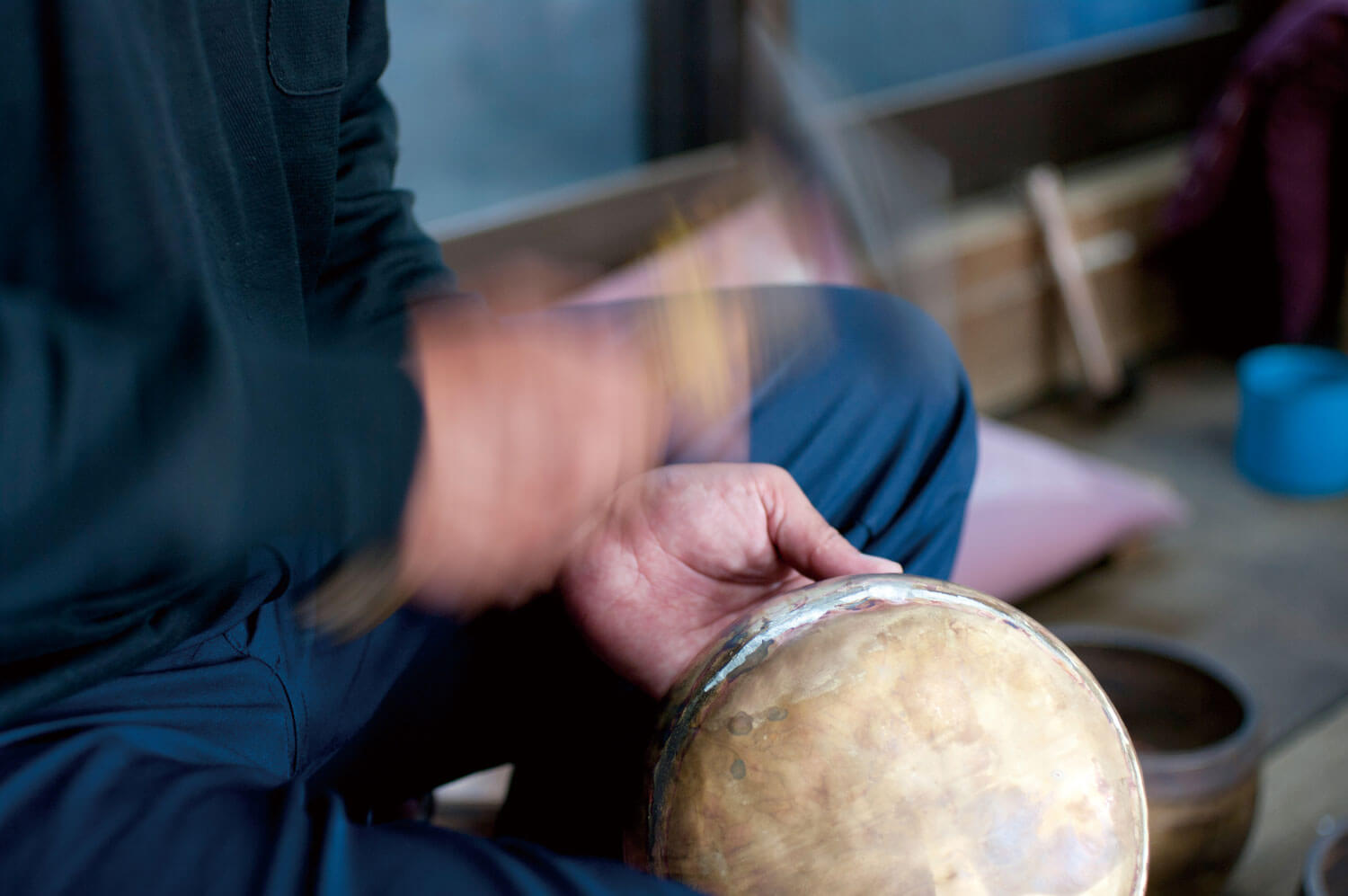
© Shoryu
In the city of Takaoka, in the heart of Toyama Prefecture, a region known for its metalwork technique, takaoka doki, the Shimatani Shoryu Kobo studio makes orin, singing bowls used during Buddhist prayer. The tinkling sound that is released, created by running a wooden percussion beater over the sides of the bowl, is used to support Japanese meditation.
A fourth-generation artisan, Yoshinori Shimatani uses traditional hammering (tankin) methods and draws on expertise passed down through the generations since the start of the 20th century. The process has barely changed: it begins with a brass plate being patiently hammered and then heated, before finally undergoing a tonal adjustment to avoid any jarring notes. Three months after the initial strike of the hammer, the piece is finished. The singing bowls made by the Shimatani Shoryu Kobo studio are used in numerous temples across Japan, like the celebrated Nanzenji temple in Kyoto, Eiheiji in Fukui, Sojiji in Kanagawa, and Naritasan in Fukuoka.
More information on Shimatani Shoryu Kobo can be found on the studio’s website (only in Japanese).
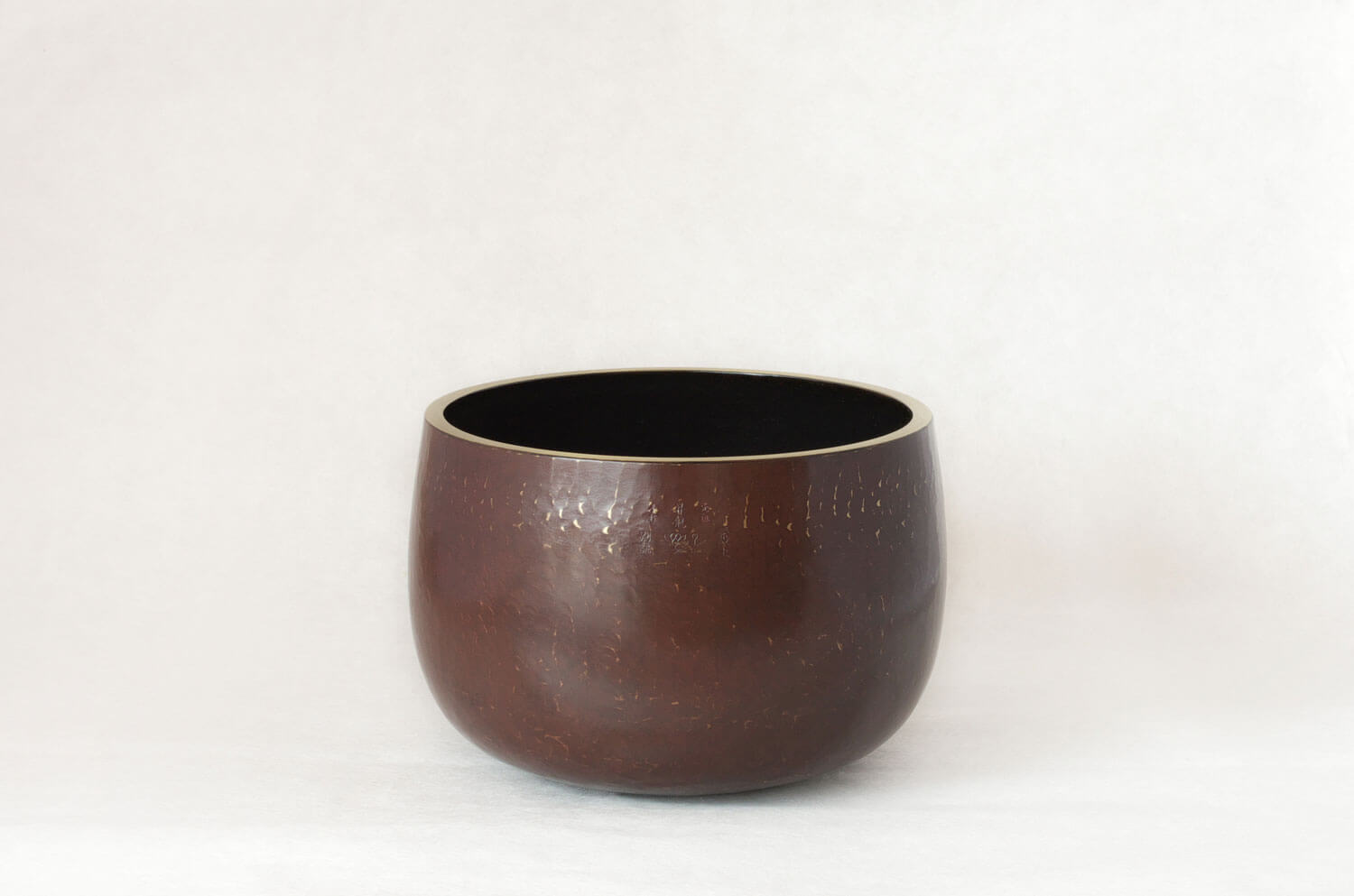
© Shoryu
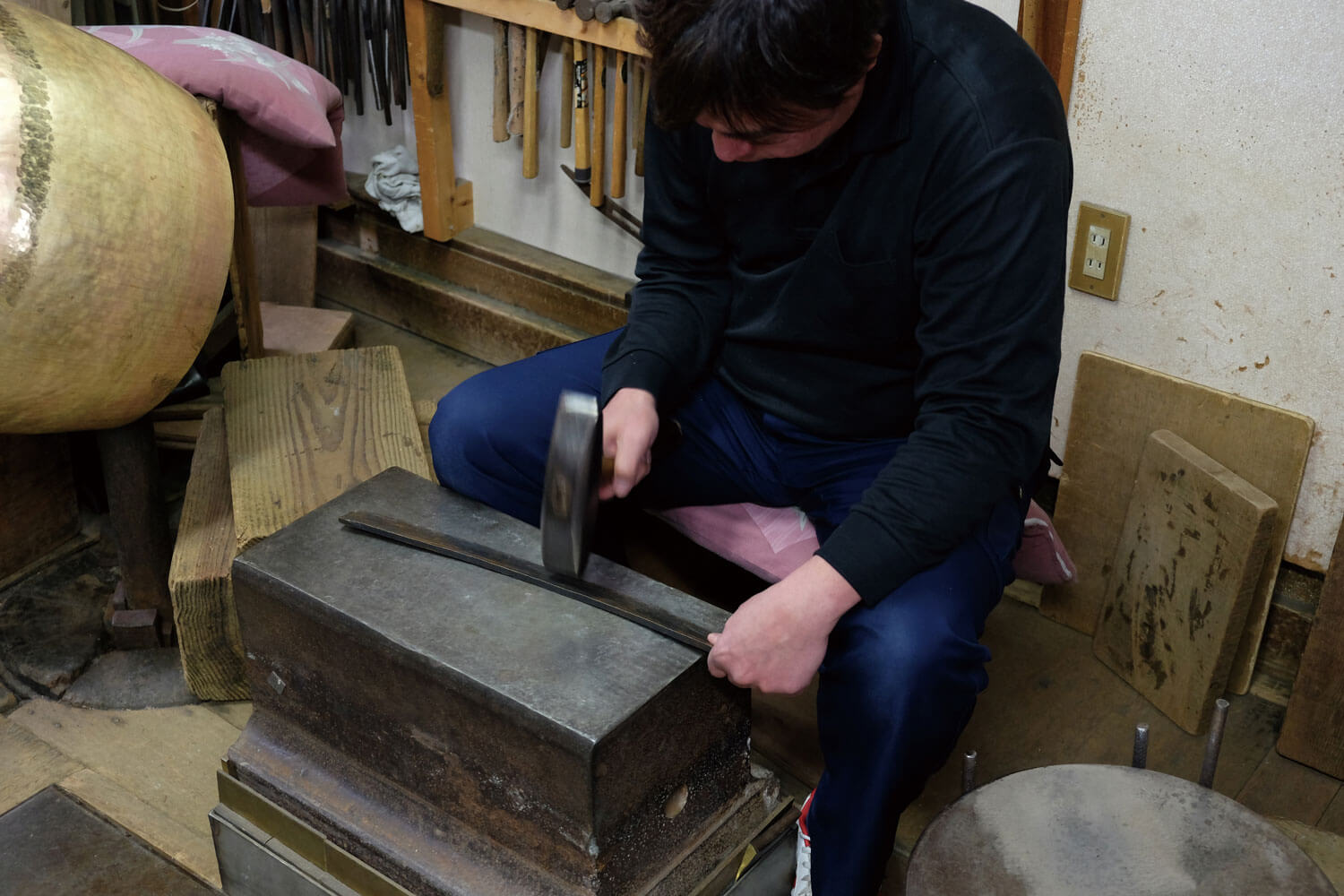
© Shoryu
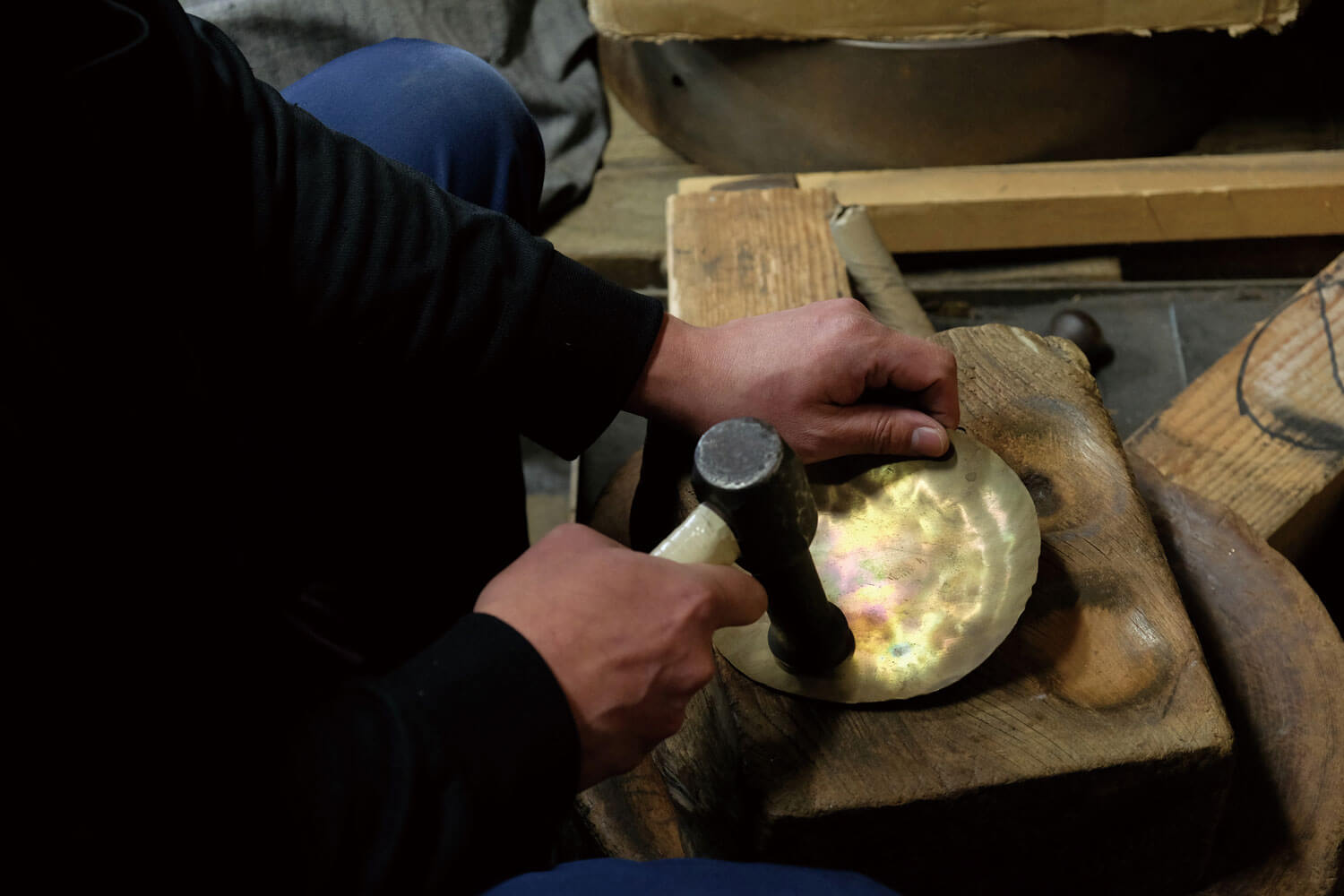
© Shoryu
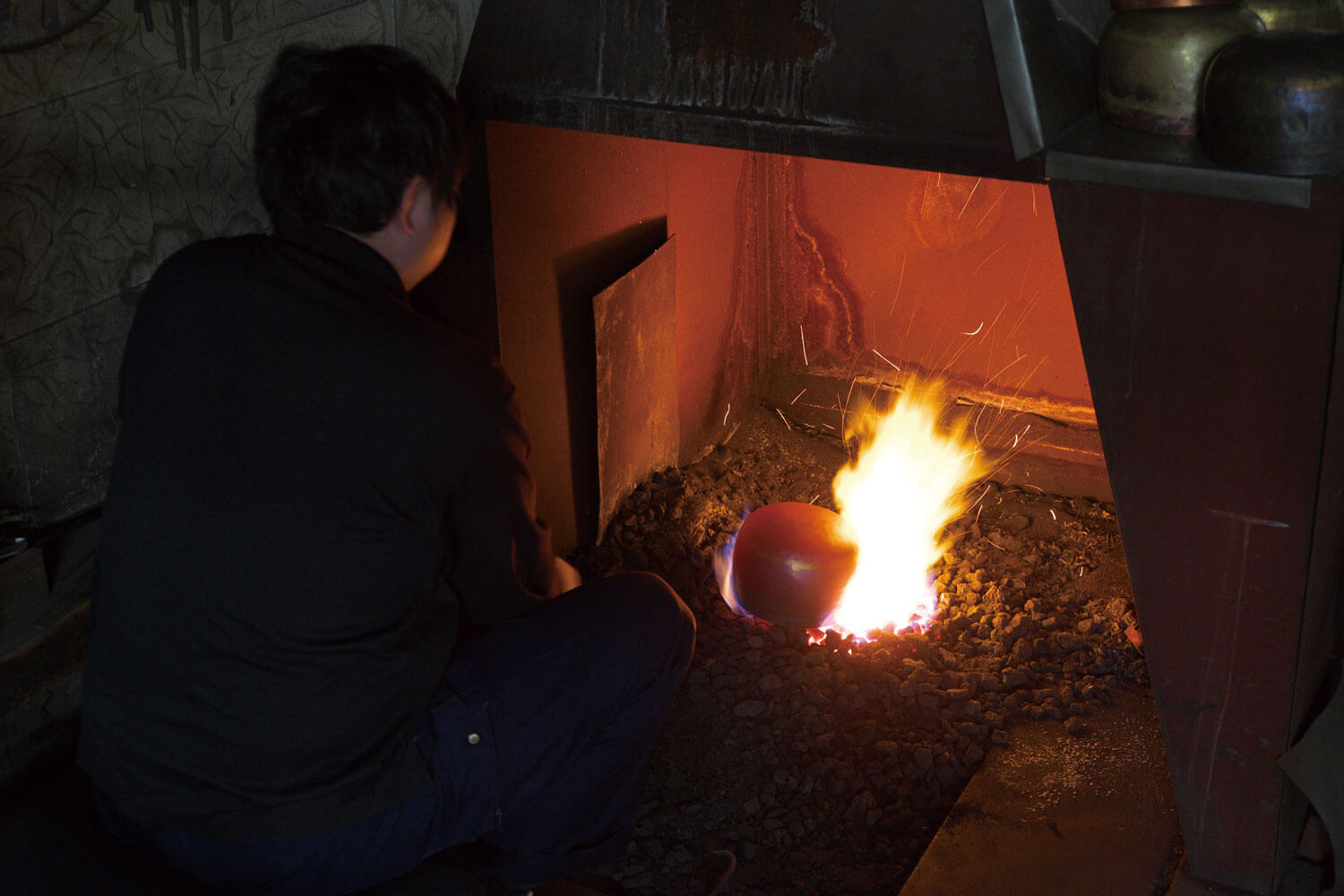
© Shoryu
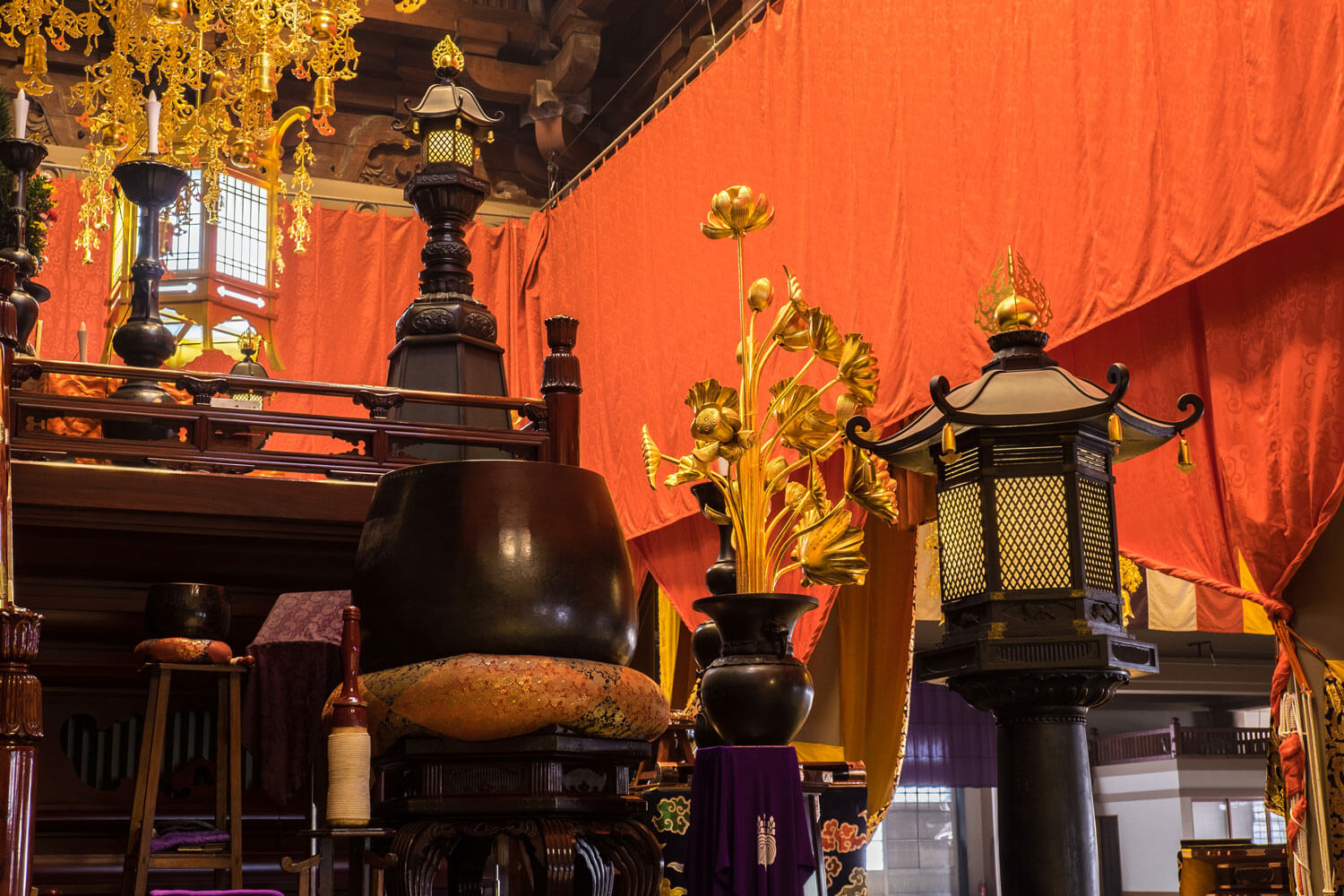
© Shoryu
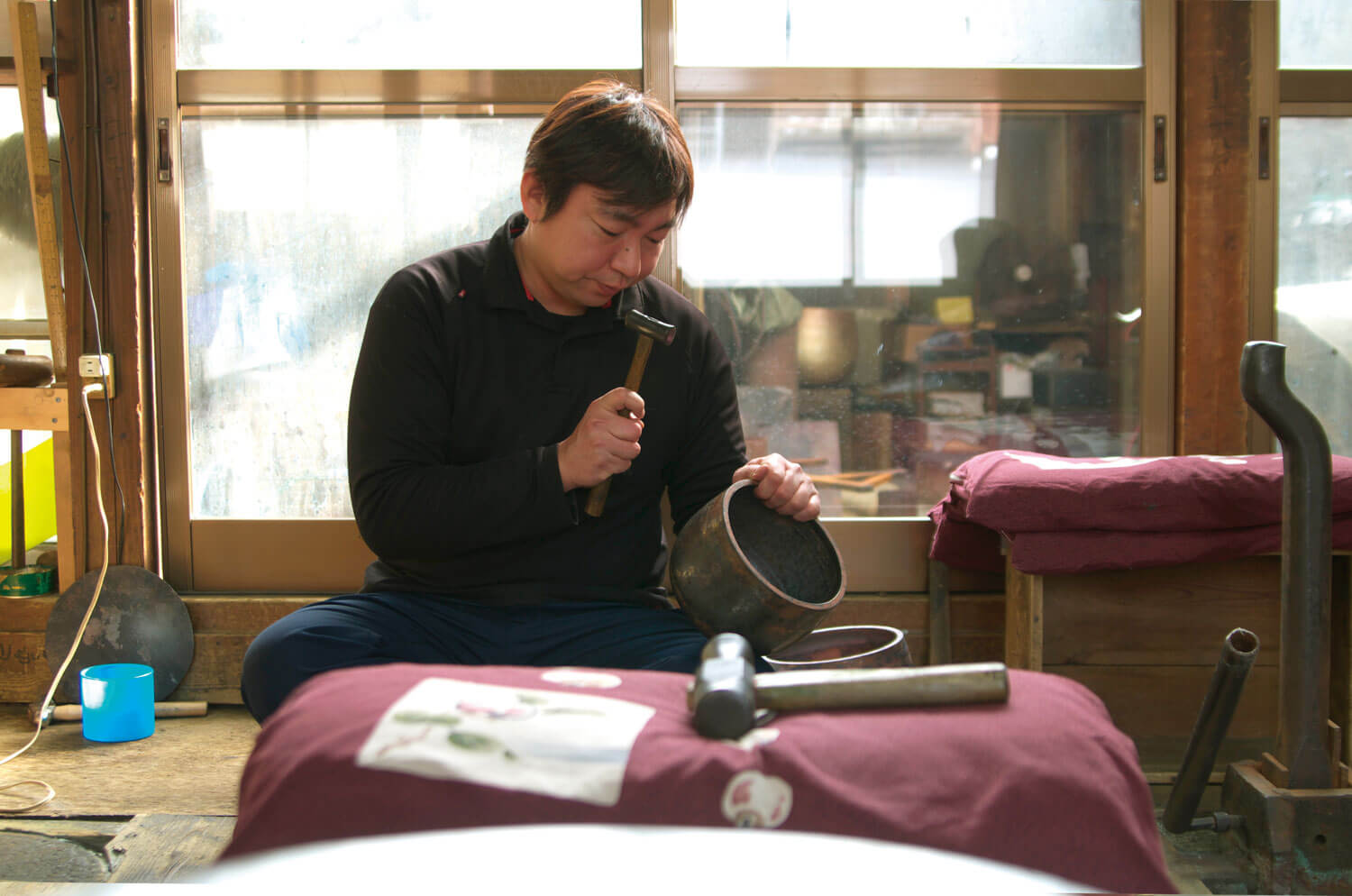
© Shoryu
TRENDING
-
The Tattoos that Marked the Criminals of the Edo Period
Traditional tattoos were strong signifiers; murderers had head tattoos, while theft might result in an arm tattoo.

-
Chiharu Shiota, Red Threads of the Soul
Last year, more than 660,000 people visited the retrospective 'Chiharu Shiota: The Soul Trembles' exhibit at the Mori Art Museum.

-
‘Before Doubting Others, Doubt Yourself. Who Can Truly Say a Dish Isn’t What It Used to Be?’
In ‘A Non-Conformist’s Guide to Surviving Society’, author Satoshi Ogawa shares his strategies for navigating everyday life.

-
The Story of Sada Yacco, the Geisha who Bewitched Europe
Described by Dazed magazine as the first beauty influencer, she has been restored to her former glory since 2019.

-
Ito Jakuchu's Naturalist Paintings
From 15 September until 14 October 2018, the Petit Palais showcased the artist's iconic ‘Images of the Colourful Realm of Living Beings’.





